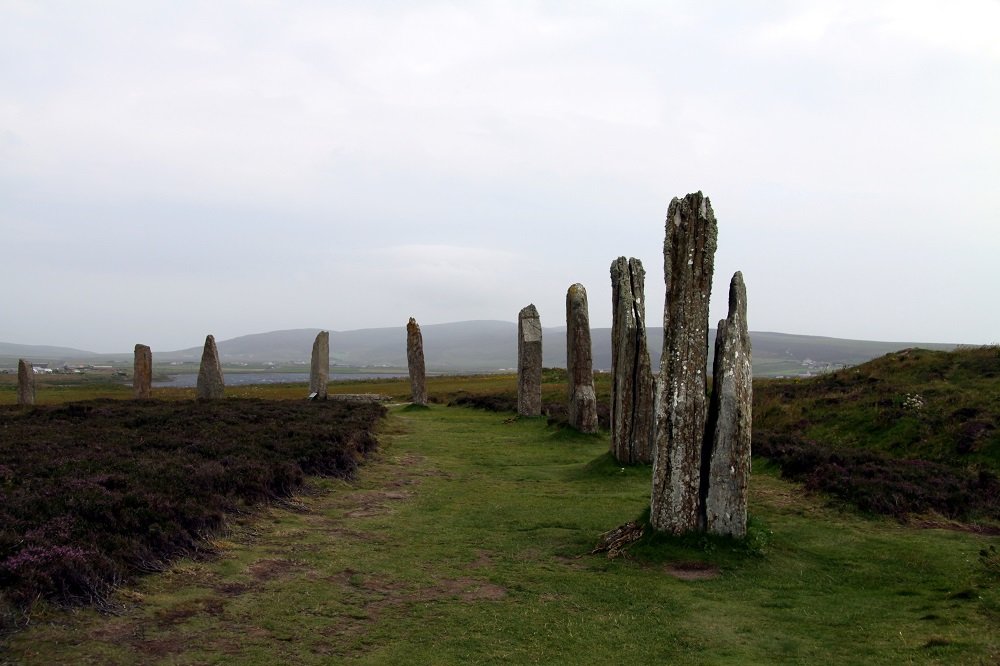OF THE
TIMES
I've had enough of someone else's propaganda. I'm for truth, no matter who tells it. I'm for justice, no matter who it's for or against. I'm a human being first and foremost, and as such I am for whoever and whatever benefits humanity as a whole.
This article seems a bit " homo-sapiens-centric " "Adoption of stone tools or fire, or intensive hunting techniques, are extremely flexible...
Sadly, the next time it will be the same. Most people will do whatever they are told, whatever the consequences. In a way, I think there are...
Is mRNA a Vaccine or Gene Therapy? Why Does Dr. Drew Still Vaccinate Elderly Patients? w/ Tom Renz & Ex-Pharma Executive Sasha Latypova – Ask...
P.s. creation did not create me. Allah did. He is Sovereign. If by creation you meant God, maybe you will overstand my point when I say He at the...
"and consistently she does not put in that level of work." - Of course not, she's a 'diversity' hire, not a meritocracy hire. Crikey, what did you...
To submit an article for publication, see our Submission Guidelines
Reader comments do not necessarily reflect the views of the volunteers, editors, and directors of SOTT.net or the Quantum Future Group.
Some icons on this site were created by: Afterglow, Aha-Soft, AntialiasFactory, artdesigner.lv, Artura, DailyOverview, Everaldo, GraphicsFuel, IconFactory, Iconka, IconShock, Icons-Land, i-love-icons, KDE-look.org, Klukeart, mugenb16, Map Icons Collection, PetshopBoxStudio, VisualPharm, wbeiruti, WebIconset
Powered by PikaJS 🐁 and In·Site
Original content © 2002-2024 by Sott.net/Signs of the Times. See: FAIR USE NOTICE

Likely to increase Accuracy.
No one who is informed and competent (at least lately) doubts that Stonehenge, and other 'henges?' Were, at a minimum, created as giant (hence more accurate) sundials/clocks focused not on 'time' here, but on our year relative to the heavens, which mere time here (e.g., a water clock) is ultimately based on.
It seems that with time (and the huge geographical scale of the structer ) that, they had eventually noticed, due - at a minimum - to the 26,000 year procession of the equinoxes - over relatively few generations, established these otherwise unnoticed/unseen miniscule (from our perspective) changes.
The use of much more 'workable' wood would allow the quicker modification and correction of these errors as eons passed, and - if my theory is correct - would allow the great great grandchildren to more easily adjust the posts of wood instead of stone.
Governments of the world: Give ME a grant!
R.C.